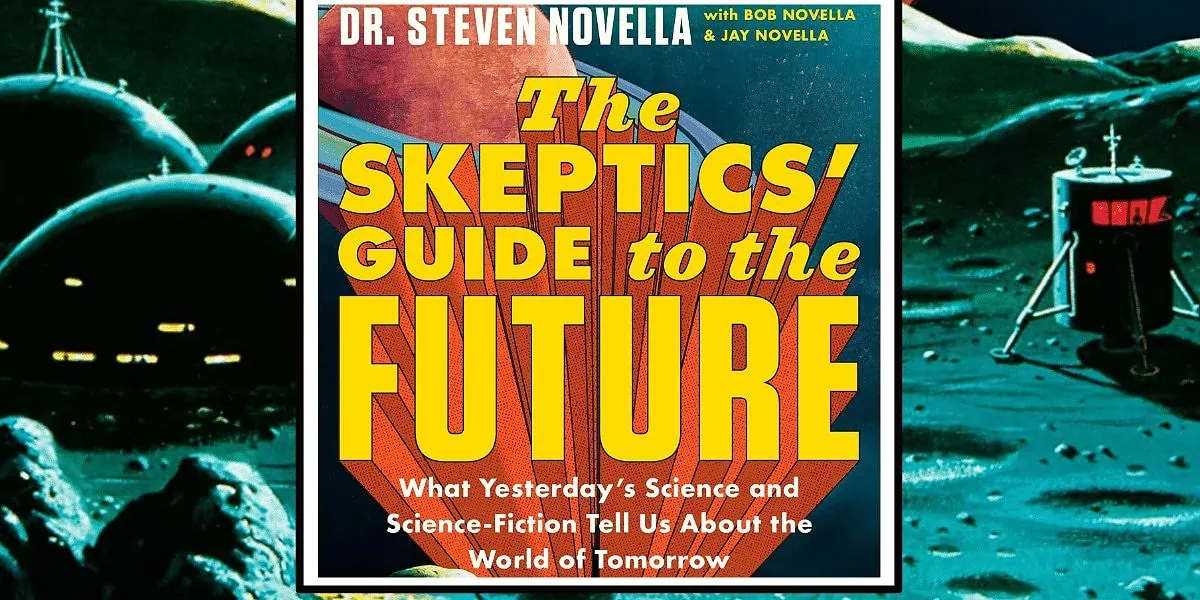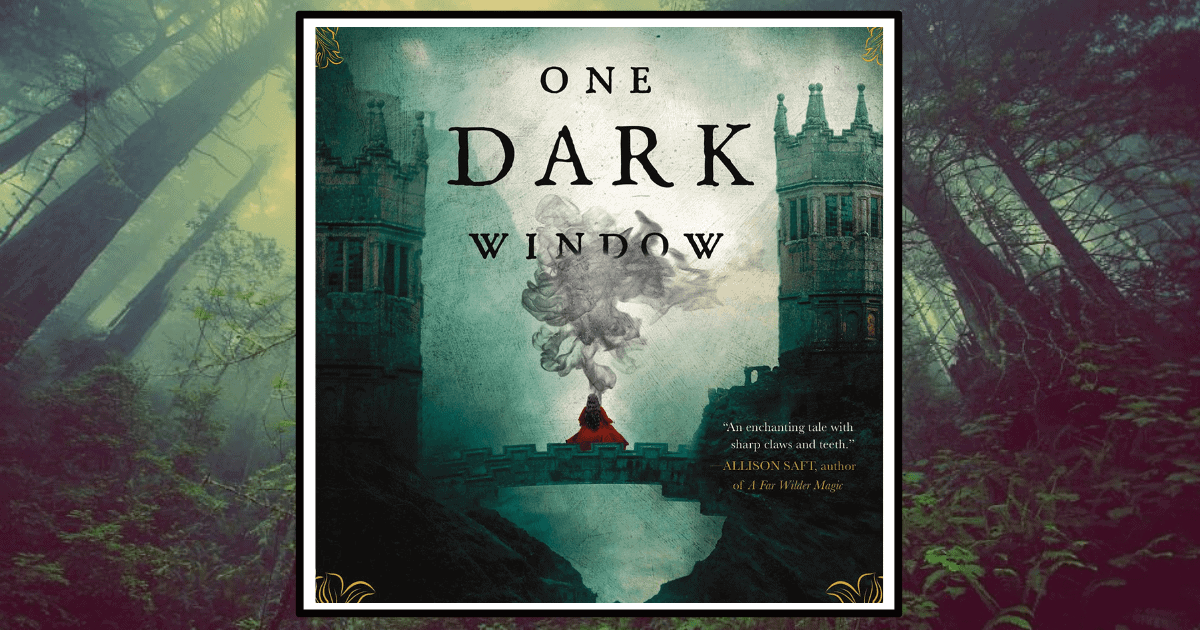There’s something about the future that just seems to fascinate so many people. Be it our own personal future or the general future of the world, people tend to spend plenty of time thinking about it. I grew up on media such as The Jetsons, Back to the Future, and Lost in Space; shows and films that were set in wildly impressive futures that have yet to come to fruition.
Have you ever wondered why we don’t have flying cars, robot maids, and pills for meals? What about interplanetary or even intergalactic space travel? What happened that I didn’t get my hover skateboard in 2015?
In these three examples, plus many more, the future is… well futuristic. These depictions are of crazy scientific feats that made us excited for what is to come, however, we are now faced with the reality that these futures are either too far away or may never exist in our lifetime. In many ways, what seemed like the future in the ‘60s is still very much in our future, while in other aspects our reality far exceeds what people believed could happen back then.
The Skeptics Guide to the Future by Dr. Steven Novella explores what the future can and will have in store for the world (as well as science that may never come to be), using the science fiction of yesteryears as a guideline. Dr. Novella, along with Bob and Jay Novella, presents not only the rules in which the future should be examined, but also divides areas of exploration based on science already existing and what is still fiction at this point.
[Note: While I am reviewing this novel independently and honestly, it should be noted that it has been provided to me by Grand Central Publishing for the purpose of this review.]
Fallacies of the future and the structure in which to view it
In the first section of Dr. Novella’s novel, readers are introduced to the rights and wrongs of how to examine the future, which begins with looking toward the past and present. As explained by the author, the future is reflective of our present, meaning that as a society, we see and dream of is actually representative of the current world we are living in.
The Jetsons, which was created in the ‘60s, had such things as robot maids because the advancement of technology and robotics were a huge push during that time. The future presented in that cartoon looked and felt representative of the ‘60s and not true of what the future could or would become.
These depictions of the future are trapped by the limitations of the decades they were created, with the foresight only as deep as what we know. Rules like this, which Dr. Novella presents as common fallacies in which the future is predicted, set up the boundaries by which he himself looks at what the future can become.
The fallacies he presents are ones that I had never given much thought to, however, are presented in a way that it felt like common sense. Such as placing current people and cultures into the future (fallacy #6) or assuming there is one pattern of technological change or adaptation (fallacy #3).
By laying out the ten fallacies at the beginning of the novel, Dr. Novella allows for an easier understanding of how to look at the science he presents later in The Skeptics Guide to the Future. They also allow for better restructuring mentally on how I view my personal future and that of scientific advancement.
Current and future technologies
After establishing the rules of observing and predicting the future, Dr. Novella breaks his exploration of futuristic advancements into a few sections, beginning with technology that already exists. He identifies sciences such as genetic manipulation, robotics, and quantum computing, to name a few, as sciences that will have a significant impact on the human population, nature, or the world as a whole, as they continue to grow and adapt in their respective fields.
He begins each subsection in The Skeptics Guide to the Future by recanting the history of the science and the advancements already made, before speculating on what’s to come. Dr. Novella does his best to condense the past science into digestible pieces, however, the science of what has and will come felt a bit over my head at times. You can tell that Skeptics Guide to the Future is a love letter to those who love science written by an individual well versed in science as well.
A similar structure is applied to the future sciences that don’t exist yet, with an exploration of past attempts to create or understand the specific topic. Sciences like fusion, synthetic life, and even space elevators are just a few that the author notes as possibilities, although the science isn’t quite there yet.
Dr. Novella explores past scientific attempts, if any, for the specific structure, and how these sciences can develop throughout time. This section felt a bit more like guesswork, as for a few of these topics the science isn’t quite there, even though current science points in a certain direction.
Overall impressions of The Skeptics Guide to the Future
This novel was an interesting read, however, it may not be for everyone. Dr. Novella put in a lot of work to break down these incredible sciences and their applications for the future. Everything in the book is well researched and seems backed up with as much scientific fact as humanly possible.
Dr. Novella also brings a lot of the science down to a normative level, which helped me as a reader gain a basic knowledge of the level without too much strain. The Skeptics Guide to the Future definitely helped me to gain a new perspective of what’s to come. While Dr. Novella’s perspective is more cautious and realistic of that future, it also helped to make me feel more hopeful that science can possibly help right some of the wrongs we humans have made.
That being said, this is also the kind of novel that I couldn’t sit down and digest all at one time. Even though the author did his best to make science approachable to all, it’s still science. And not just any science, the stuff presented in this book is some hardcore in-depth science. As a result of this, I could only read The Skeptics Guide to the Future in small doses. I would find that throughout all the scientific parts I would have to re-read sections or set the book down because it was quite a bit of information I was unfamiliar with. Similar to reading a textbook just for the density of knowledge packed into it.
I think that anyone who has been fascinated with the future, as I assume most people have at one time or another, should check out The Skeptics Guide to the Future by Dr. Novella. It may take you a while to get through the book, but it gives such an interesting take and view in which we should all look at the future. The realist perspective created more hope in me because it felt like the trajectory presented was achievable because of the building blocks already around.
My rating for this book: 7/10
The Skeptics Guide to the Future by Dr. Steven Novella is available now! For more information please visit Grand Central Publishing, theskepticsguide.org, or GoodReads.
If you haven’t already, check out Luna Gauthier’s review of One Dark Window!




